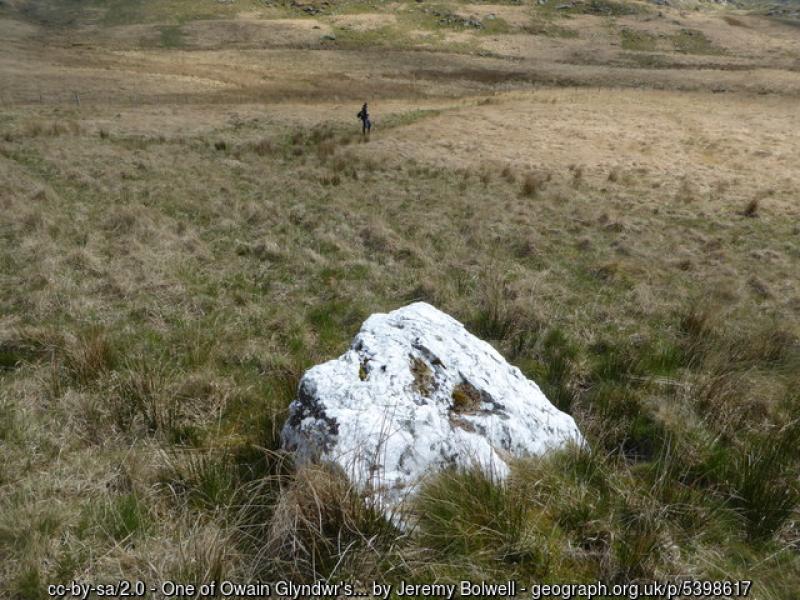This resource is provided by AmeriCymru and is intended for Welsh learners who are not yet ready to commit to a full time course. With Croeseiriau Cymraeg you can devise your own schedule and learn at your own pace. Before you start please go to this page: Croeseiriau Cymraeg and read the 'Introduction' and 'How to Use' sections.
If you are ready to commit to a full time course we recommend the following options:
AmeriCymraeg This is an online course with tutor John Good, which is offered in two-month terms. Go here for more information and to register: AmeriCymraeg
SSIW Want to learn quickly? Then you might want to check out the SSIW High Intensity Language Program here: SSIW
RECOMMENDED BOOKS
OTHER RESOURCES
Wedi - After
-
wedi - after ( conjunctions / cysyllteiriau for more on Welsh conjunctions, see below )
wedi is also used to form the 'perfect' tense see: Grammar 1: Perfect - Wedi
sample sentence:
Enillodd Glyndwr yma ! Wnaethon nhw osod y cerrig wedi i'r frwydr ddigwydd .
Glyndwr won here! They laid the stones after the battle was over.
Image: Cwm Hyddgen
Time Conjunctions
Conjunctions are linking words e.g. and , but , because , or.They are used to connect clauses or sentences to form more complex sentences. e.g. 'I want to go out tomorrow but it is going to rain all day.'
The words after , before, after, when , as, while, until, since, are conjunctions. Since they indicate when things happen they are called time conjunctions or conjunctions of time .
Many time conjunctions in Welsh use a particular construction to join the conjunction to what comes after.
i + subject + Verb Noun* (mutated)
In the example below:
Wnaethon nhw osod y cerrig wedi i (+ subject) 'r frwydr (+ mutated verb noun) ddigwydd .
It should be noted that when the subject is the same in the clauses before and after the conjunction, the 'i' construction is dropped. The rule applies in the above example because the subject of the first clause is 'they' and 'the battle' is the subject of the second.
* The term verb noun is used here to refer to the basic form of a Welsh verb and is the form usually listed in the dictionary.
Time Conjunctions Taking The 'i' Form
ar ôl - after
cyn - before
wrth - while , as
erbyn - by (the time)
nes - until
ers - since
wedi - after
see: How do conjunctions work in Welsh? for more details.
*MUTANT ALERT*
In the sample sentence above on this page you will observe that the spelling of three words ( osod, frwydr, ddigwydd ) differ from the spelling on the relevant Geiriadur listing page ( Gosod - To set up , Brwydr - Battle , Digwydd - To Happen, Transpire ). Be not alarmed!
This happens because:-
"Welsh, as with all other Celtic languages, often sees changes made to the beginning of words depending on the word that precedes it, or the role it plays in the sentence. These changes are known as "mutations", of which Welsh has three distinct types. Common situations in which a mutation may occur are when a word follows a preposition, possessive, or number."
The three types of mutation are:-
The three links above will take you to further information about these commonly occurring mutations.
Most Welsh courses and teachers advise students not to worry too much about this at the outset. Fluent speakers will understand you if you forget to mutate a letter. With practice this will come naturally and there is perhaps, no need for beginning learners to make a conscious effort to apply these rules.
However, if you wish to acquaint yourself with the rules early on you could look out for the 'Mutant Alert' notice on the vocabulary pages and use these as an opportunity to refresh your knowledge by checking the above links.
Spot the Mutation: The mutation above is an example of a ........... mutation?







